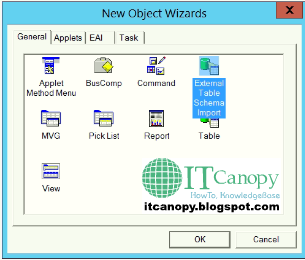How to create Business Component in Siebel through Object Wizard
What is Business Component (BC): A business component defines a logical entity that organizes columns from one or more tables into a single ...
Read More →


It appears you're using an ad blocker. Our website relies on advertising revenue to provide free content.
Please consider disabling your ad blocker on our site to support our work.
After disabling, please refresh the page.